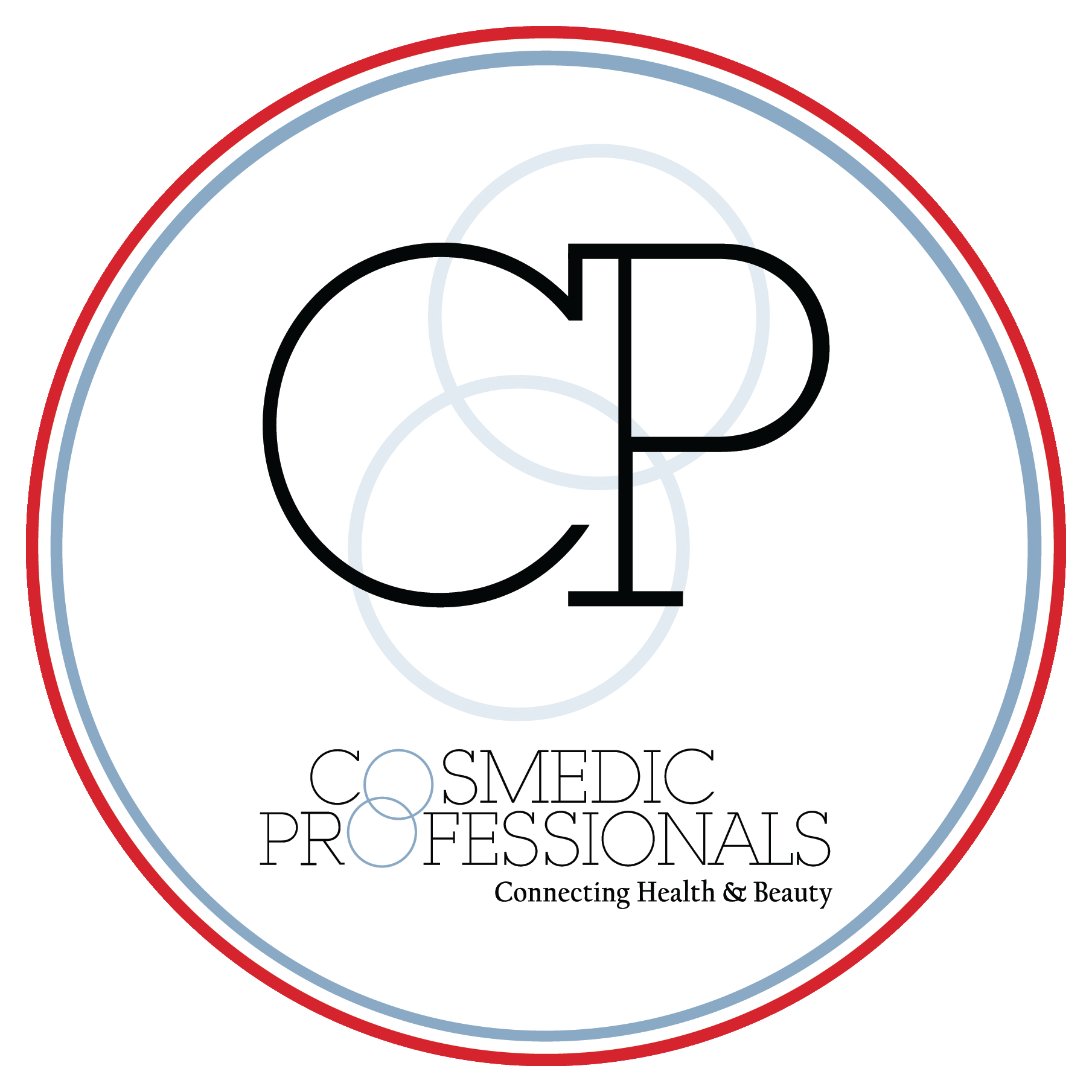Teeth Whitening
Whitening vs bleaching
Whats the difference?
According to the FDA, the term "bleaching" is permitted to be used only when the teeth can be whitened beyond their natural colour. This applies strictly to products that contain bleach – typically hydrogen peroxide or carbamide peroxide. The term "whitening," on the other hand, refers to restoring a tooth's surface colour by removing dirt and debris. So any product that cleans (like toothpaste) is technically considered a whitener. Of course, the term whitening sounds better than bleaching, so it is more frequently used – even when describing products that contain bleach.
How does teeth whitening work?
Most of us start out with white teeth, thanks to their porcelain-like enamel surface which is composed of microscopic crystalline rods. Tooth enamel is designed to protect the teeth from the effects of chewing, gnashing, trauma and acid attacks caused by sugar. But over the years enamel is worn down, becoming more transparent and permitting the yellow colour of dentin – the tooth's core material – to show through. During routine chewing, dentin remains intact while millions of micro-cracks occur in the enamel. It is these cracks, as well as the spaces between the crystalline enamel rods, that gradually fill up with stains and debris. As a result, the teeth eventually develop a dull, lacklustre appearance.
Tooth discolouration
There are two types of tooth staining, extrinsic staining and intrinsic staining.
Extrinsic stains
Are those that appear on the surface of the teeth as a result of exposure to dark-coloured beverages, foods and tobacco, and routine wear and tear. Superficial extrinsic stains are minor and can be removed with brushing and prophylactic dental cleaning. Stubborn extrinsic stains can be removed with more involved efforts, like teeth whitening. Persistent extrinsic stains can penetrate into the dentin and become ingrained if they are not dealt with early.
Intrinsic stains
Are those that form on the interior of teeth. Intrinsic stains result from trauma, aging, exposure to minerals, chemicals and antibiotics like tetracycline during tooth formation and/or excessive ingestion of fluoride. These stains exist below the enamel and are unlikely to benefit from teeth whitening.
What sort of results can you expect?
Within 1 hour we can help you achieve a whiter, brighter smile up to 14 shades lighter.


